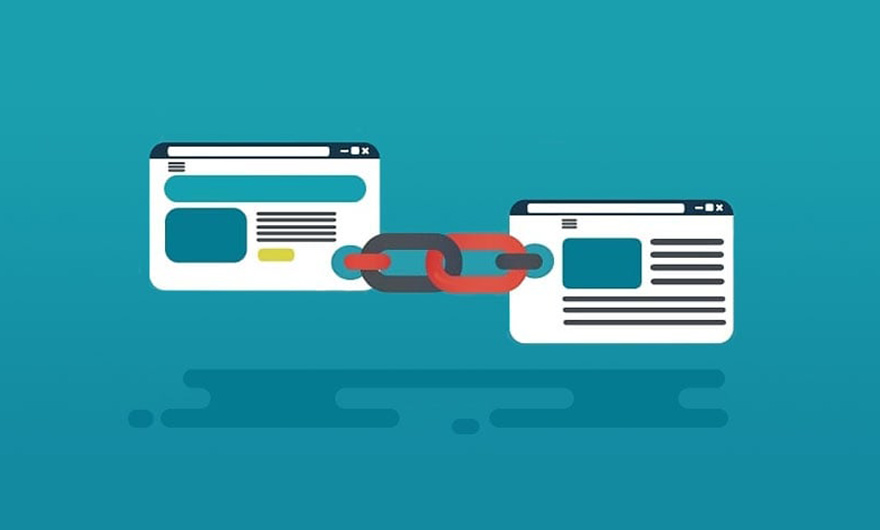Bounce rate is the number of users who open your site page and leave it without seeing any other page or in less than 1 minute. In general, the Google Analytics server does not receive any information from the visitor. The bounce rate does not depend on the number of users on your page, but is is a measure of how attractive your website is for them. Checking out the site bounce rate shows you how well users interact with the website environment and are encouraged to see other pages.
Bounce Rate Analysis
According to the amount of information that powerful statistic systems provide to webmasters, not carefully reviewing and analyzing them can lead to confusion and mistakes in future decisions. To analyze the site bounce rate and make the right decision about whether it is appropriate or not, we must categorize visitors based on how they enter the site and analyze each one separately.
1– Low value referrals
Sites that collect information in bulk from the Internet and provide it to users without monitoring content are known as unsuitable referrals. People who enter your site by this leave it very quickly because they generally didn’t expect to any new site or were looking for something else but were directed to your site.
2– Direct link to the site
Such links are usually accompanied by an incentive message, such as “We suggest you visit this site” or “Visit the site below to support us. The people who came to your site by these links, does not have any special goal for that. That’s right they are a bit enthusiastic, but you should not expect a good bounce rate on them.
3– Bounce Rate from search engines
People who come to your site through a search engine with a specific phrase are definitely looking for a specific topic and are interested in your content. If the bounce rate for these people on your site is high, when more than 50% of them leave your site without visiting any other of your pages, you are facing a major problem and you must dig into your site environment and content. It will be important to pay attention to the following two points:
Sometimes Google takes your site on a good place in results for specific keywords that are not relevant to your field of work or for which you have not done any specific planning. Identify these phrases or words and remove them from your statistical community.
Checking the site bounce rate according to Google input requires a strong and accurate statistics, something that Google itself has provided in the form of Google Analytics.
4– Regular users of the site
The people who regularly visit your site and follow its content are constant users or customers. On the one hand, you expect them to visit a large number of your pages, but on the other hand, due to the high number of visits, they may not find new content on the site and leave it immediately. For example, people who are notified of new site content by newsletter visit your site quickly, but are less likely to go to other pages of the site because they have read all the content.
Do your best to find site problems and encourage visitors to view more pages; Using the sidebar and presenting the most visited articles or best-selling products can be a good option for that, as well as creating links between articles and introducing related articles will rise the chances of visiting more pages.
What are the reasons for the high Bounce Rate?
In general, the following 10 subjecta are the most important reasons for that:
1- Single page site
One of the simplest reasons for increasing the Bounce Rate is the lack of different pages for users. If you have a low number of pages or even if you have a single page site you should expect the rate to be low. it is better to think about expanding your site.
2- Low site speed
Usually, if a user encounters a slight delay while opening your site, he will close and exit this! At this time, so your site’s bounce rate will rise.
3- Self-sufficient content
You may have comprehensive content on your site that answers all users’ questions on the subject. This is great, but it does increase the bounce rate of the site.
When a user searches for a topic on Google, various questions is in his mind at the beginning. If he comes across your article and finds the answers to all his questions in it, does it make sense to refer to other pages?
If your site’s articles are in this category, the user’s visit will probably increase, but the bounce rate is high.
It is when landing pages be the redirects that define the main topic and then direct user to different information on other pages.
So do not neglect internal linking.
4- Wrong SEO title or irrelevant description meta
If the SEO or meta description is irrelevant to the content of your article, the user will leave your site as soon as he enters and reads the first part of it.
It is better to review the pages that have a higher bounce rate to correct it if you are facing this problem.
5- Poor quality content
If the content on your site is not of good quality, the user will not want to see other pages of your site.
Therefore, increasing the attractiveness of the content and raising its quality level can be a good help in reducing the bounce rate. It is better to see the comprehensive guide to content production training to present your written article in the most optimal way.
6- Obstructive errors

The user may encounter errors such as 404 as soon as they enter your site, which will cause them to leave the page. It is better to go to Google search console and check in the coverage section whether pages from your site have a server error or 5xx or not.
7- Incorrect referrals
If you get links from different sites with irrelevant words to your content topic or the user is directed to your site with irrelevant goals, it will greatly increase the user exit rate.
8- Inadequate appearance of the site
Imagine for a second you were encounter to the site with tiny bad fonts and irritating background color!
What is your reaction at this time? Many users leave this type of site immediately.
Of course, your site may not be like this and only has minor flaws in appearance. But It is better to fix them as soon as possible.
9- Problem in page responsiveness
We have already discussed a lot about the responsiveness of the site pages and its mobile-friendliness. Users who enter your site with a mobile phone or tablet expect access to different sections and the appearance of the site also needs to be suitable for them.
10- Bouncy pages
Multiple pages on your site may increase the bounce rate. It is better to check the most visited pages with the help of Google Analytics tool. To do this, enter all pages from the Behavior section.
In this article, we looked at 10 key reasons that increase user exit rates.







Leave feedback about this
You must be logged in to post a comment.